Wildlife of the Huntington Beach Wetlands Conservancy
Birds
2022 Bird Count Our annual bird count looks at counting the species of birds and number of each species in all four (4) marshes (Talbert, Brookhurst, Magnolia and Newland). This year’s event, conducted on January 2nd, 2023, counted over 2,100 birds, of which there were 79 species, 8 of which were endangered species. Because of the recent oil spill, which occurred on October 2nd, 2021, we conducted monthly bird counts in 2002 and quarterly bird counts in 2023. A special thank you to the volunteers working all of our bird counts as many of them were up before dawn and were still counting into the night as they do not stop until dusk.
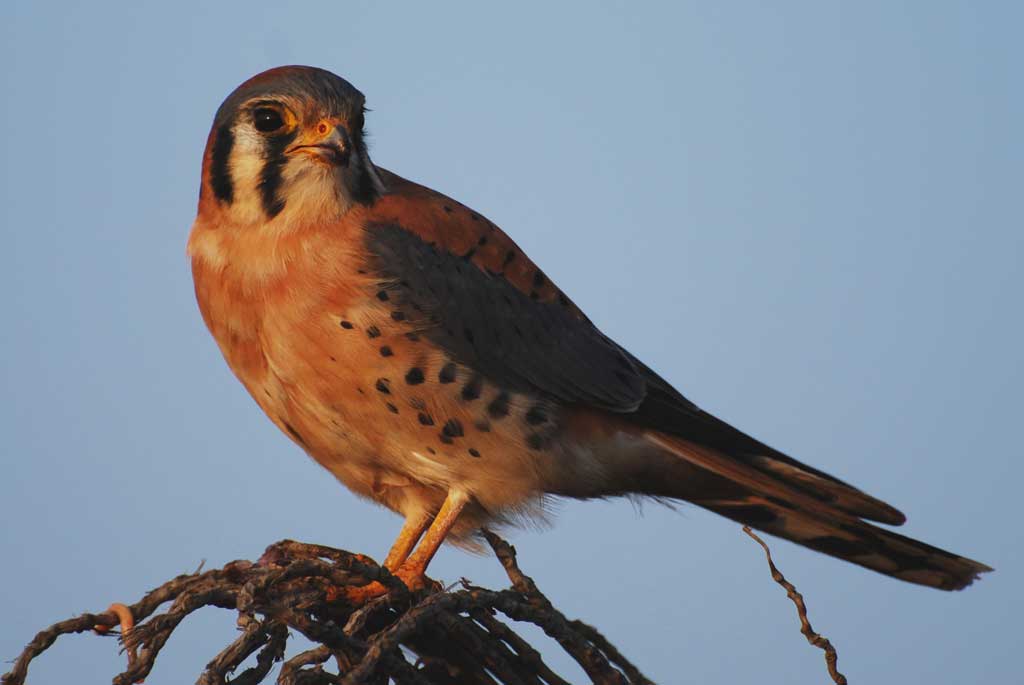
American Kestrel
Our smallest falcon is a resident of our HB Wetlands and is often seen in the trees fronting the AES energy plant and preying on insects, small mammals and birds in the marshes. It has vertical facial marks, reddish wings and tail. Males have blue-gray wings. Photo: Mike Hodgson
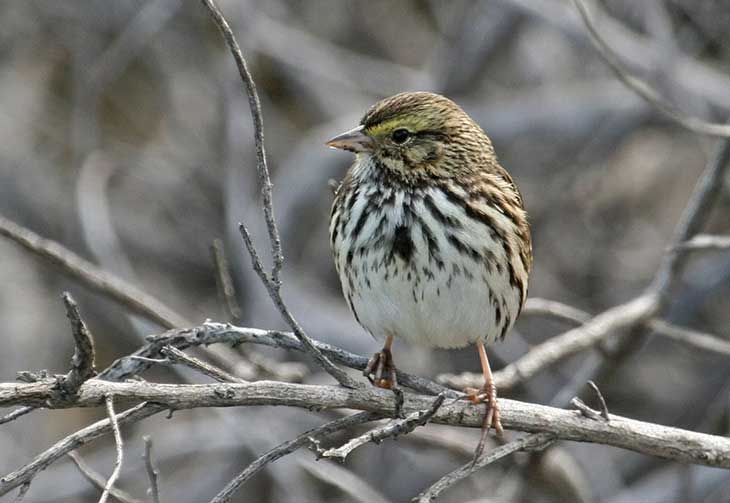
Belding’s Savannah Sparrow
One of the three endangered species found in all our HB Wetlands year around. As our marshes with pickleweed mature, their population will increase. This Savannah Sparrow has darker, thicker streaking above and below with a yellow wash on the lores. Its song is similar to the Song Sparrow but very high. Photo: Trude Hurd
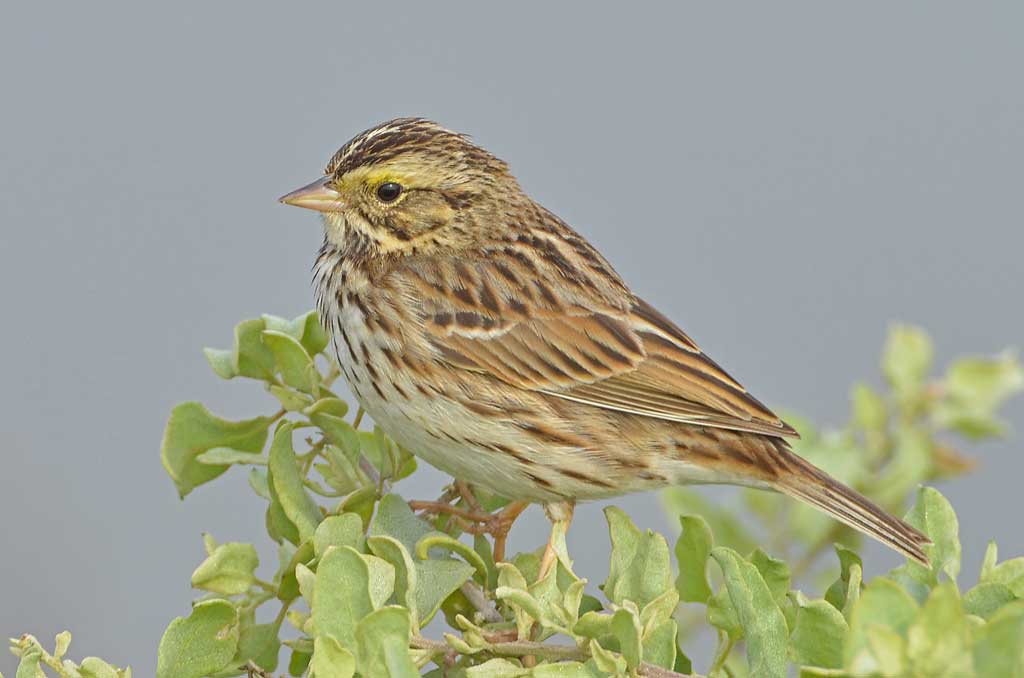
Savannah Sparrow
The Savannah Sparrow is widely found across open fields and coastal marshes and have a wide range of variability. The Savannah Sparrow is not a shy bird. The coastal variaties include small crustaceans and mollusks to their diet of insects, seeds, and spiders. Photo: Mike Hodgson
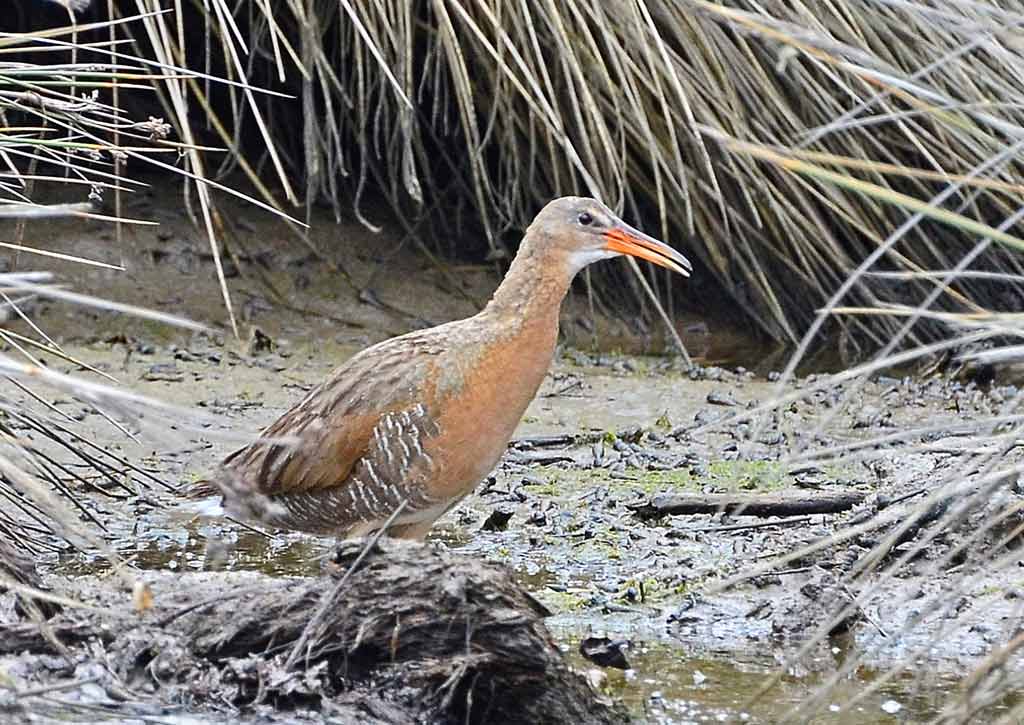
Ridgway’s Rail
One of three endangered species found in the HB Wetlands. One and sometimes two have been observed in the Brookhurst Marsh. Medium-sized, chicken-like marsh bird that rarely flies. Grayish brown with reddish face through upper belly with long, slightly down-curved heavy bill. Photo: Mike Hodgson
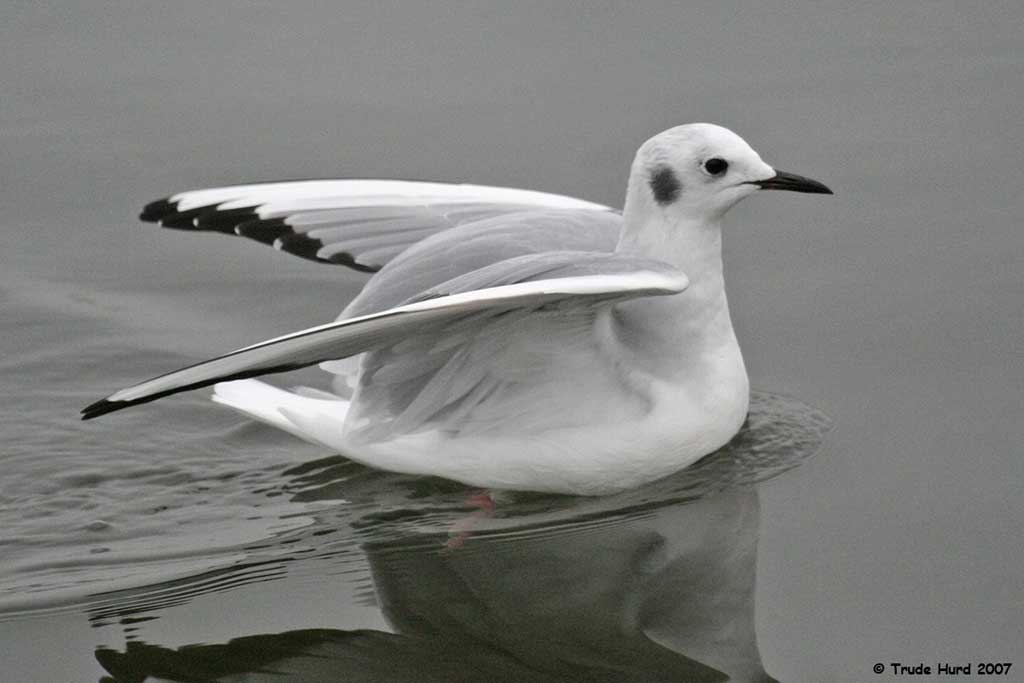
Bonaparte’s Gull
This is our smallest gull at 13.5″ seen in the winter along our coast and breeds in Alaska and Canada. Its size and two black spots on its white head make them easy to distinguish from the other larger gulls. It may sport its all black head and bill just before it leaves in May. Photo: Trude Hurd
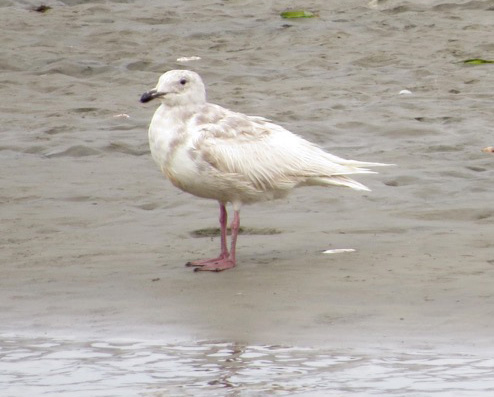
Glaucous Winged Gull
If you look often, you may see this large gull occasionally in the HB Wetlands in the winter. It is lighter and less patterned than the other gulls with the wings being the same color as the back. Photo: Terry Hill
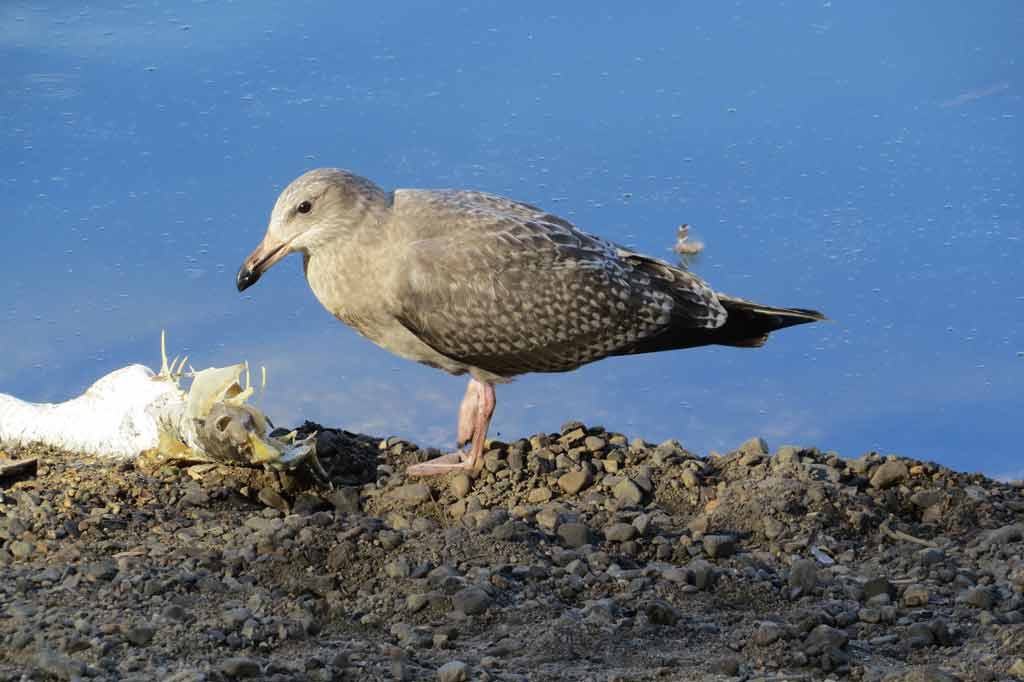
Herring Gull
This large gull is occasionally seen in the HB Wetlands. It takes 4 years for this gull to mature into its adult plumage and hybridization with other gulls makes identification a challenge. An adult would have streaking down its neck, a light mantle, black wing tips and light pink legs. Photo: Trude Hurd
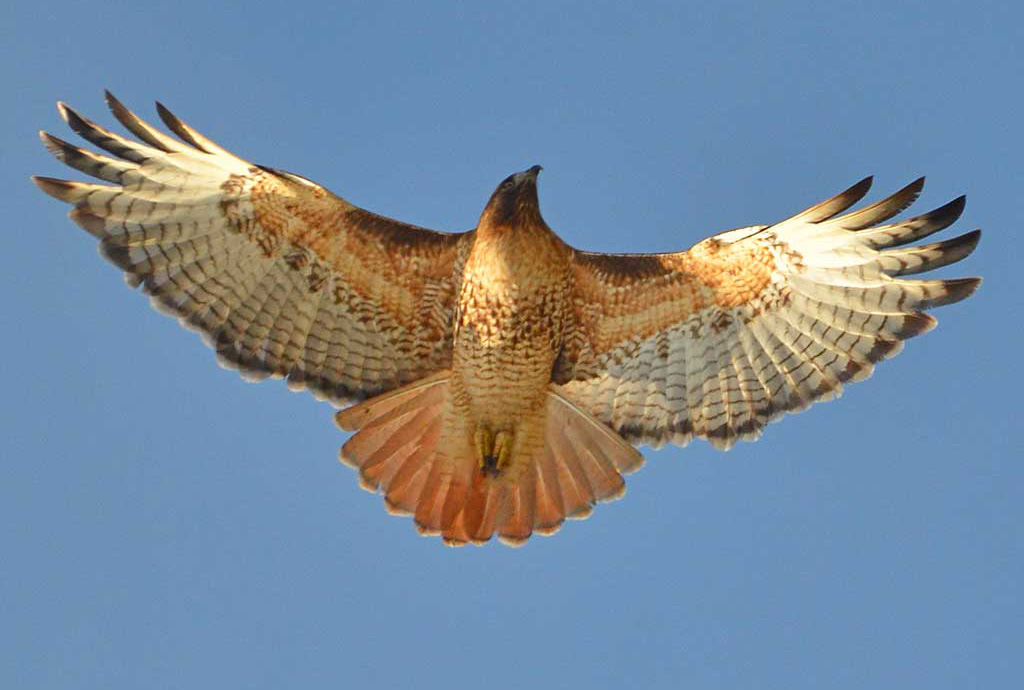
Red Tailed Hawk
Often seen soaring above or perched on poles year around in the HB Wetlands. Most are rich brown above and pale below with a streaked belly. Dark mark (patagial) on the leading edge of the underwing is usually seen when in flight. It has very broad, rounded wings and a short, wide red tail. Photo: Mike Hodgson
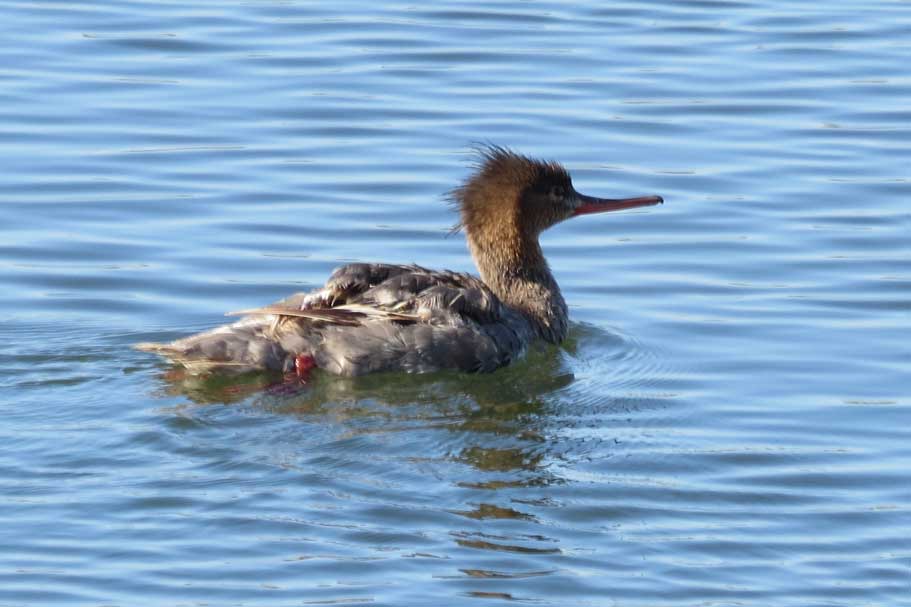
Red Breasted Merganser
This is a duck with a bad hair day. Males and females in the winter at the HB Wetlands are in non-breeding plumage and difficult to tell apart. It has an unkempt orange-brown head and neck on a grayish body with a thin orange bill.Photo: Lena Hayashi
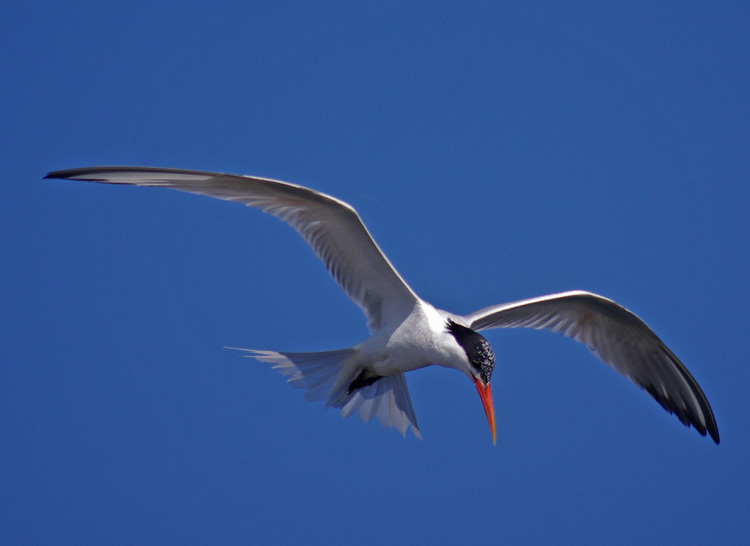
Elegant Tern
One of several terns found in the breeding months of spring and summer foraging for fish in the HB Wetlands. It is a medium-sized tern. In breeding, it has a shaggy black crest. Its orange bill is long and slightly drooped. Upperparts are pale grey with white underparts and black legs. Photo: Faatimah M.

Red Winged Blackbird
This bird is seen only at the Newland Marsh with its freshwater reeds and cattails. Females are brown and streaked but the males are all black with red and yellow shoulder patches. Photo: Lena Hayashi
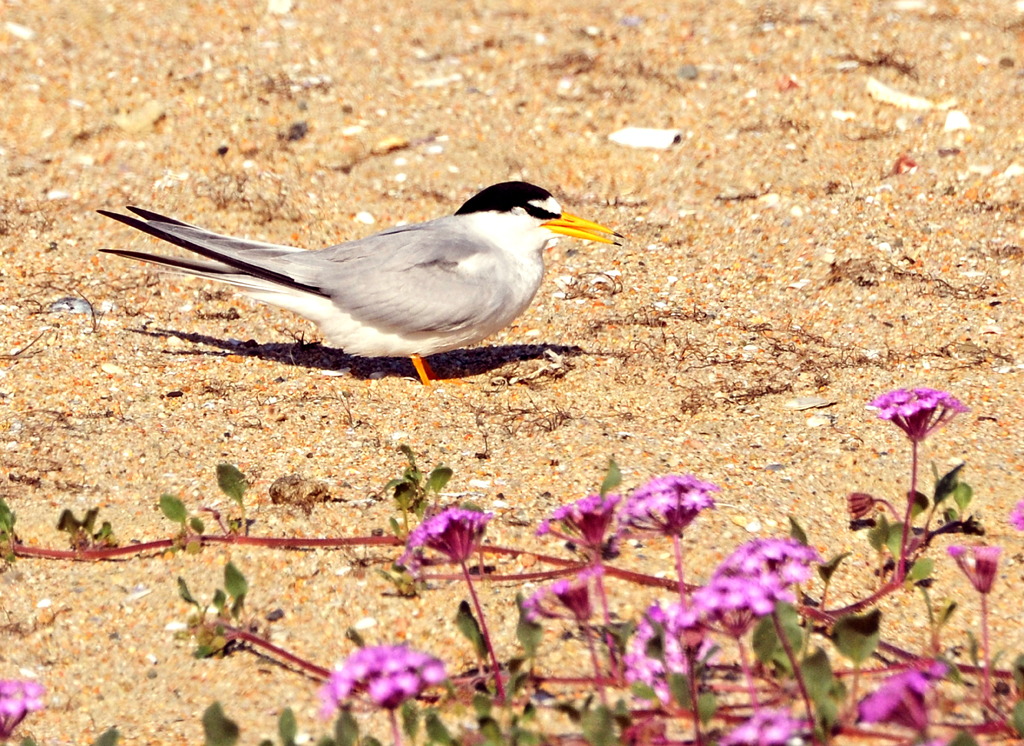
California Least Tern
One of three endangered species found in the HB Wetlands. It is the smallest tern with slender wings and short tail. In breeding, its cap is black with a white forehead and yellow bill with a black tip. These terns nest in a protected habitat on the beach side of PCH and forage in the HB Wetlands. Photo: Mike Hodgson
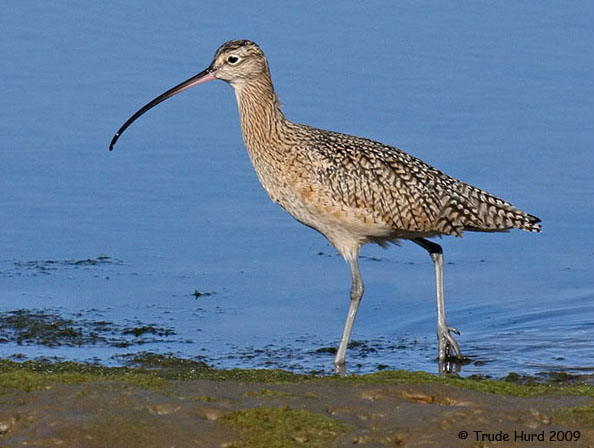
Long Billed Curlew
This large sandpiper is often seen in the winter foraging in the mudflats in the HB Wetlands before it moves inland in the western states to breed. Large at 23″, its bill is well over 3 times the length of its head. It is brown and patterned above and plain below with long legs. Photo: Trude Hurd
Fish
Longjaw Mudsucker (Gillichthys mirabilis)
Shadow Goby
(Quietula y-cauda)
Cheekspot Goby
(Ilypnus gilberti)
Arrow Goby
(Cleveland ios)
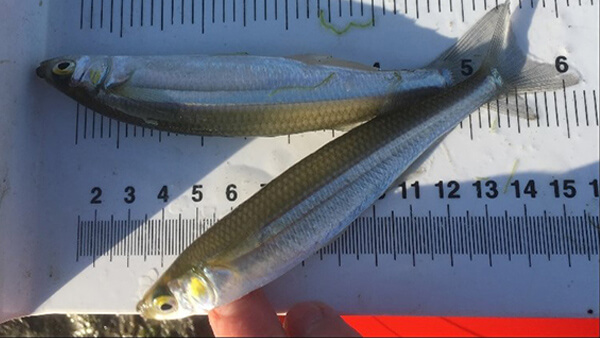
Topsmelt
(Atherinops affinis)
California Killifish
(Fundulus parvipinnis)
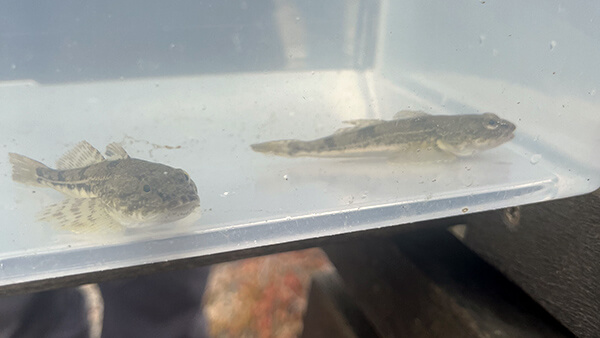
Pacific Staghorn Sculpin (Leptocottus armatus)
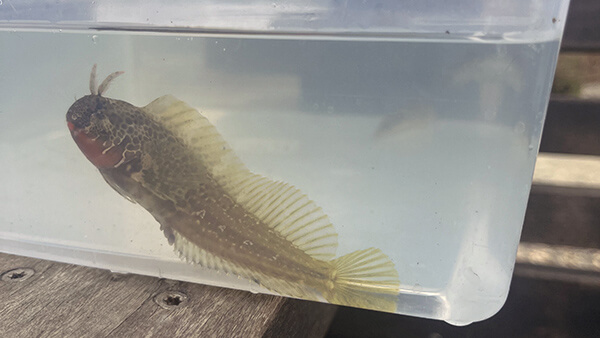
Bay Blenny
(Hysoblennius gentilis)
Bay Pipefish
(Syngnathus leptorhynchus)
California Halibut (Paralichthys californicus)
Diamond Turbot
(Hypsopsetta guttulata)

